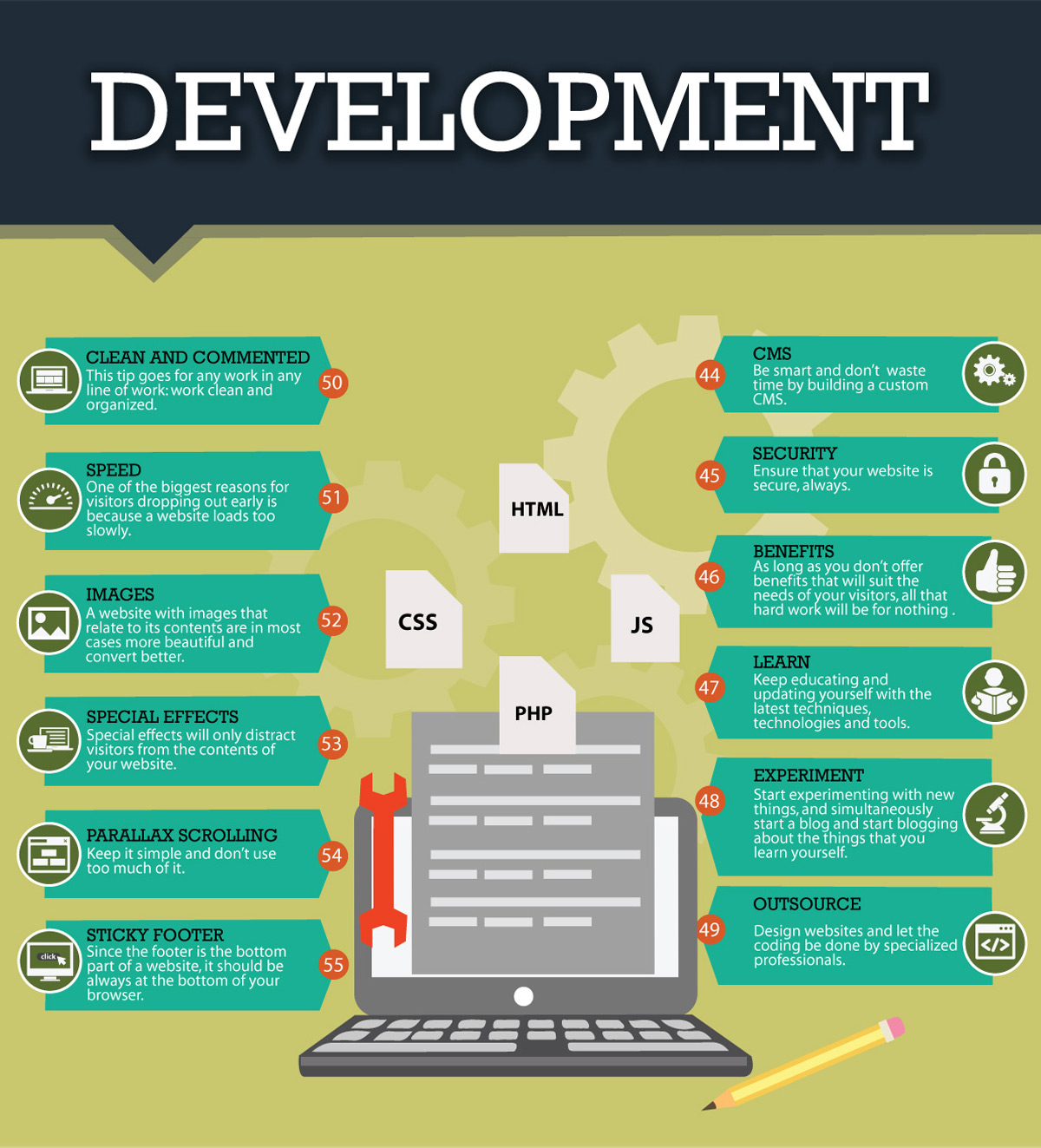The Improvement Of Online Platforms: A Trip With Time
The Improvement Of Online Platforms: A Trip With Time
Blog Article
Content Writer-Asmussen Bowles
In the past, sites were basic and concentrated on info. Navigation was direct, and layout was for desktop computers. Currently, user experience is essential. Information guides designs for very easy navigating. Responsive designs fit various tools. Today, dark setting minimizes pressure, and minimalist food selections enhance navigating. Interactive features involve customers, and strong visuals stand apart. AI assimilation enhances interaction. See just how style has actually evolved to enhance your on the internet trip.
Early Days of Website Design
In the early days of web design, simplicity preponderated. Internet sites were basic, with limited shades, typefaces, and layouts. The emphasis was on giving info instead of fancy visuals. Users accessed the net through slow-moving dial-up connections, so rate and functionality were essential.
Navigating menus were straightforward, normally located on top or side of the web page. Websites were made for computer, as mobile surfing had not been yet widespread. Web content was king, and designers prioritized easy readability over complex design components.
visit the website was the key coding language used, and developers needed to work within its constraints. Computer animations and interactive functions were very little compared to today's standards. Internet sites were fixed, with little vibrant content or customized user experiences.
Increase of User-Focused Design
With the development of web site design, a shift towards user-focused design concepts has actually become increasingly famous. Today, developing internet sites that focus on customer experience is vital for engaging site visitors and achieving business goals. User-focused style entails recognizing the requirements, preferences, and behaviors of your target audience to tailor the website's design, material, and features accordingly.
Designers currently perform thorough study, such as individual surveys and usability screening, to collect insights and comments straight from users. This data-driven approach assists in creating user-friendly navigation, clear calls-to-action, and visually enticing interfaces that resonate with site visitors. By putting the individual at the facility of the design process, web sites can deliver a much more tailored and enjoyable experience.
Receptive layout has likewise emerged as a vital element of user-focused style, ensuring that websites are enhanced for different gadgets and screen dimensions. This adaptability improves accessibility and use, dealing with the diverse methods customers communicate with websites today. Fundamentally, the increase of user-focused layout signifies a change towards creating digital experiences that prioritize the requirements and assumptions of completion user.
Modern Trends in Web Design
Discover the most up to date fads shaping website design today. One prominent fad is dark mode style, supplying a sleek and contemporary look while minimizing eye stress in low-light settings. An additional key fad is minimal navigation, streamlining menus and enhancing individual experience by concentrating on essential elements. Including micro-interactions, such as animated buttons or scrolling effects, can produce a more interesting and interactive web site. Receptive design remains critical, ensuring seamless customer experiences across different gadgets. In addition, using strong typography and unbalanced layouts can add aesthetic passion and accentuate particular web content.
Integrating AI innovation, like chatbots for client support or personalized referrals, enhances individual interaction and enhances processes. Ease of access has also come to be a significant pattern, with designers focusing on inclusive design practices to cater to varied customer requirements. Embracing sustainability by maximizing website efficiency for speed and performance is an additional arising fad in web design. Collaborating with customer feedback and information analytics to repeat and enhance style continuously is necessary for staying pertinent in the ever-evolving electronic landscape. By embracing these modern fads, you can develop an aesthetically appealing, easy to use website that reverberates with your target market.
Final thought
As you review the evolution of site style from the early days to now, you can see how user-focused design has become the driving pressure behind modern trends.
Accept https://devinffavq.loginblogin.com/36567717/prepared-to-raise-your-digital-account-discover-innovative-website-design-techniques-that-will-certainly-transform-your-website-right-into-a-giant of modification and adaptation in web design, always keeping the customer experience at the center.
Keep existing with the most recent patterns and modern technologies, and never stop developing your strategy to develop visually magnificent and straightforward internet sites.
Develop, adjust, and create - the future of website design remains in your hands.
